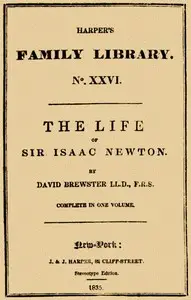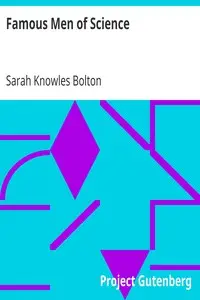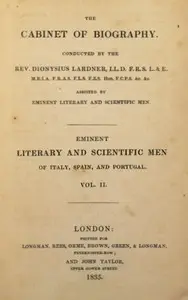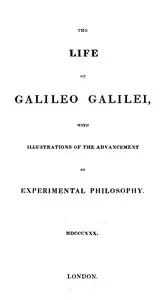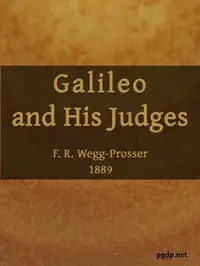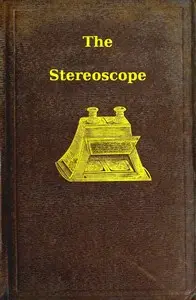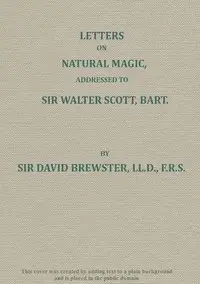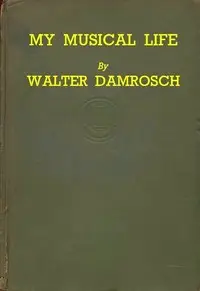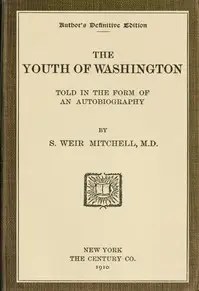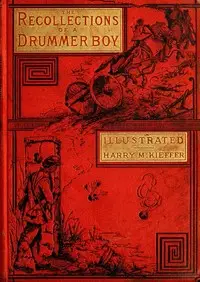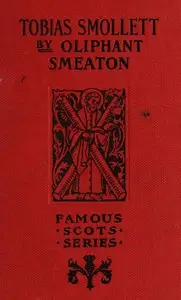"The Martyrs of Science, or, The Lives of Galileo, Tycho Brahe, and Kepler" by David Brewster is a historical recounting of the hardships, accomplishments, and scientific progress of three important scientists – Galileo, Tycho Brahe, and Johannes Kepler – during the Renaissance. The story shows how science and society mixed back then. The biography starts by looking closely at the life of Galileo, from when he was young and getting interested in math and science through his problems with old philosophies, his awesome observations with the telescope, and the political stuff that went on while he tried to do his science. The story paints Galileo as a really skilled person who had to deal with people in universities and the church who didn't like his ideas. He stood up for the idea that the Earth goes around the Sun, which set the scene for his big discoveries and the problems he would face for going against what people believed to be true therefore creating a story of scientific suffering.
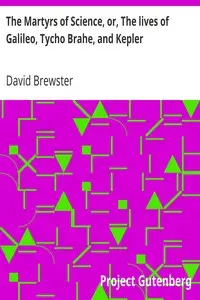
The Martyrs of Science, or, The lives of Galileo, Tycho Brahe, and Kepler
By David Brewster
Witness the inspiring, yet tragic, lives of three brilliant scientists who challenged conventional wisdom and faced persecution in their quest to unravel the mysteries of the universe.
Summary
About the AuthorSir David Brewster KH PRSE FRS FSA Scot FSSA MICE was a Scottish scientist, inventor, author, and academic administrator. In science he is principally remembered for his experimental work in physical optics, mostly concerned with the study of the polarization of light and including the discovery of Brewster's angle. He studied the birefringence of crystals under compression and discovered photoelasticity, thereby creating the field of optical mineralogy. For this work, William Whewell dubbed him the "father of modern experimental optics" and "the Johannes Kepler of optics."
Sir David Brewster KH PRSE FRS FSA Scot FSSA MICE was a Scottish scientist, inventor, author, and academic administrator. In science he is principally remembered for his experimental work in physical optics, mostly concerned with the study of the polarization of light and including the discovery of Brewster's angle. He studied the birefringence of crystals under compression and discovered photoelasticity, thereby creating the field of optical mineralogy. For this work, William Whewell dubbed him the "father of modern experimental optics" and "the Johannes Kepler of optics."

